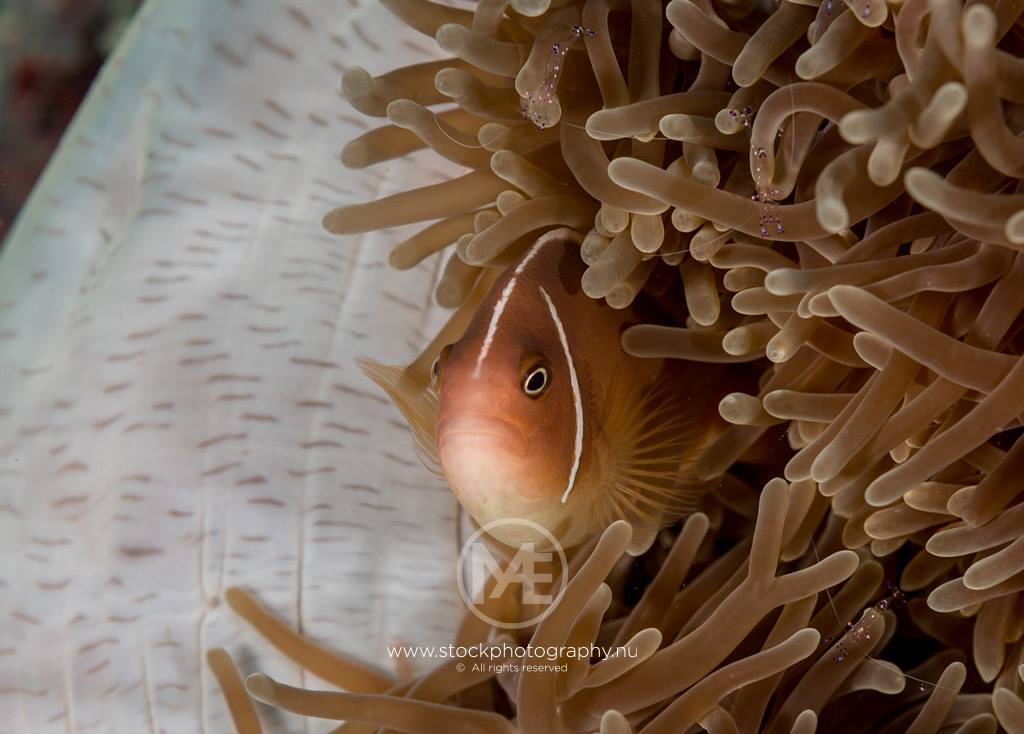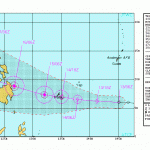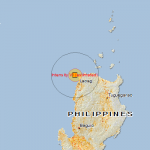Rice Farmer or Photographer?

Rice Farmer or Photographer – who lives better? Last night I had an Internet chat with Arno Enzo, a well known photographer, diver and underwater photographer. Arno wants to publish his outstanding pictures as an e-book and encounters scandalous offers from editors.
Arno wrote:
I was looking into Kindle Store to sell my underwater photography book. They are almost like GettyImages in the stockphotography business.
Kindle gives me 35% royalty on the sales of my OWN photo book if I sell it through them.
I can potentially get 70% royalty, but then I have to price the book 20% lower than the price I sell it on my own website.
And of course, they do price matching, so if anyone were to find my website with my own sales price (I would put it up on Kindle for my regular sales price + 35% royalties + all the other stuff that Kindle would deduct from what I’d get), they would drop the price to the lowest price found, and then they would deduct taxes, “delivery fee” and royalties, in which case I would end up with pennies.
Oh, and if another photo-book has some sort of sale, they claim the right to give away my book for free as part of a promotion without my authorization.
Rice Farmer or Photographer what a strange question!
Not that strange as it seems to be at a first glance. Rice Farmer or Photographer both depend extremely on the dealers. It is the dealer who makes the big money, the Rice Farmer or Photographer does the daily, sometimes very hard work.
The Rice Farmer
Most of the rice farmers I met in Aklan on Panay island do not earn much. At the start to the growing season, the farmer has to buy palay (rice seeds) at market prices. You will soon understand, why he has to buy. this palay. The farmer buys the seeds from the rice dealer. He also needs to buy fertilizer because the soil is completely washed out from the years of planting rice and rice and rice. the farmer also needs to buy herbicide and insecticide, otherwise he won’t harvest much rice. All these chemical products are usually sold either by the rice dealer or agents of the chemical industry. The global market for agro-chemicals and seeds is in the hands of three giants: Monsanto, Syngenta and DuPont.
All theses initial investments cost a lot of money. The rice farmer gets this money from the rice dealer or a “Bombay”. This is how loan sharks are called in the Philippines. Interest rates of 100% per year are very common. After the harvest, the rice is sold to the rice dealer who fixes the price. The farmer tries to keep some sacks of palay for his own nutrition and as seeds for the next season. Unfortunately the farmer has to pay back the loans and the interests. The money he just has earned from the harvest goes again to the rice dealer, the fertilizer agent and maybe to the “Bombay”.
What remains are the few sacks of palay the farmer kept as seeds for the next season. But the farmer is also hungry and needs money. So he eats from his palay and sells the rest. The silly circle is closed, whenthe farmer restarts his labor next growing season.
The rice farmer can nearly not escape this circle because the rice dealers dominate the market. On some islands the situation is better and on some islands farmers simply stopped production.
The Photographer
Before the Internet era, publishing a book, a photo book had been a very cost intensive operation. Printing a high quality photo book has been and still is a complex business that needs expensive technology. This business had been a big commercial risk for the publisher. Printing, stock management and stock space, marketing and points of sale ate up a very big part of the book’s earnings. Many today renowned writers and photographers died poor as a book-worm. Only their inheritors are earning now the big money.
But this has changed with the Internet! Most photos aren’t printed anymore but published on the Internet. Any website needs photos and publishes photos. Another modern way to publish your pictures are the e-books. The global market for photos is in the hands of three giants: Amazon (Kindle), GettyImages and Shutterstock. With their market dominance it is nearly impossible to publish on ones own.
Like the rice farmer, the photographer first has to invest in equipment. And underwater photography needs even much bigger investments. Either the photographer has the money in cash or he has to finance by loans. OK, the photographer gets better conditions at the bank than the rise farmer at the “Bombay”. Diving isn’t cheap. Each dive costs money, money that must be earned with the fruits of the work – the photos.
What can you do?
Buy your rice directly from the farmer, if he is able to provide you with milled rice. The rice-mills are often under control of the dealers.
Buy your e-book or your photos directly from the photographer, if he or his website can handle such a deal.
Arno’s new e-book is available here for EUR 3.75
2 photos to say “Thank you” for reading this long article. You may want to click on the photos to enlarge them.
[GARD]











Recent Comments